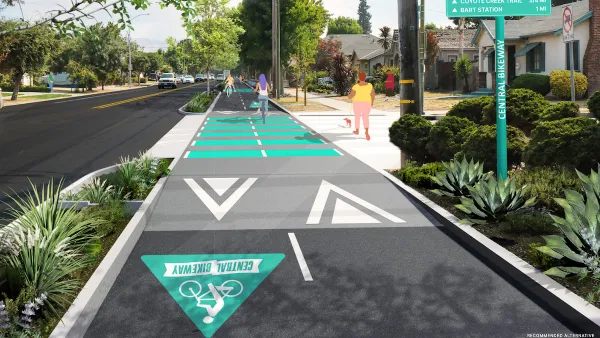The similarities between the nation’s most disadvantaged areas, often rural, reveal the economic patterns that lead to chronic poverty.

In a conversation with the Daily Yonder, H. Luke Shaefer, co-author of The Injustice of Place: Uncovering the Legacy of Poverty in America, discusses the book’s revelations about American poverty.
“The book takes on the surprising (to some) fact that most of the places with the lowest incomes, poorest health outcomes, and worst life chances are rural communities – especially those with large non-white populations,” writes Olivia Weeks. The authors assert that a close study of these places—rather than people—can illuminate patterns of poverty and disenfranchisement.
As Shaefer explains, the places with the deepest disadvantages in the United States “were all places dominated by a single extractive industry for decades, often from the end of the 19th century through the beginning of the 20th. The industries were controlled by a small group of elites but all required large, low-wage labor forces.”
The similarities between America’s most disadvantaged communities reveal the dangers of sole-economy places, Shaefer says. In these communities, the major industries often controlled all other aspects of life as well, and “Systems were developed to reinforce the social order and keep the low-wage labor force in place.” When the key industry went into decline, the community dependent on it had little to fall back on. “So many of the people we got to know in the communities we were in felt completely abandoned by the federal government. Furthermore I think they have very little faith that government could help them even if they tried.”
When it comes to community revitalization efforts, Shaefer notes that, in some cases, upper-class community members organize events and programs that miss the mark with most residents. “I might encourage those who are trying to foster citywide investment to start by listening and asking those with the least what they would like to see, and what community events should look like,” Shaefer adds.
FULL STORY: Q&A: How Studying Place Can Provide Insight on American Poverty

Planetizen Federal Action Tracker
A weekly monitor of how Trump’s orders and actions are impacting planners and planning in America.

Silicon Valley ‘Bike Superhighway’ Awarded $14M State Grant
A Caltrans grant brings the 10-mile Central Bikeway project connecting Santa Clara and East San Jose closer to fruition.

Amtrak Cutting Jobs, Funding to High-Speed Rail
The agency plans to cut 10 percent of its workforce and has confirmed it will not fund new high-speed rail projects.

California Set to Increase Electric Truck Chargers by 25%
The California Transportation Commission approved funding for an additional 500 charging ports for electric trucks along some of the state’s busiest freight corridors.

21 Climate Resilience Projects Cancelled by the EPA
The federal government has pulled funding for at least 21 projects related to farming, food systems, and environmental justice to comply with one of Trump’s early executive orders.

Trump Executive Order on Homelessness Calls for Forced Institutionalization
The order seeks to remove legal precedents and consent decrees that prevent cities from moving unhoused people from the street to treatment centers.
Urban Design for Planners 1: Software Tools
This six-course series explores essential urban design concepts using open source software and equips planners with the tools they need to participate fully in the urban design process.
Planning for Universal Design
Learn the tools for implementing Universal Design in planning regulations.
Yukon Government
Caltrans
New Jersey Institute of Technology
Mpact (founded as Rail~Volution)
City of Camden Redevelopment Agency
City of Norman, Oklahoma
City of Portland
City of Laramie




























